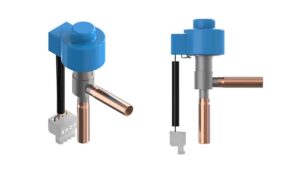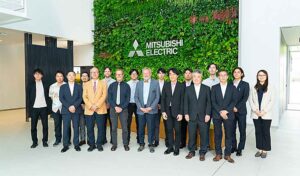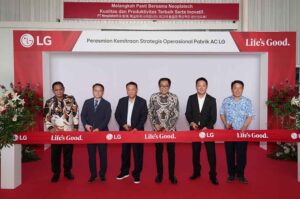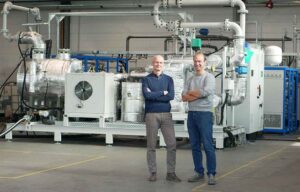EIA stands by F-gas emission findings
15th October 2023
USA: The Environmental Investigation Agency (EIA) has stood by the methods it used to uncover high levels of F-gas emissions from major US refrigerant manufacturing sites.
A new report published by the environmental group claims it used infrared spectroscopy to measure emissions at distances of 198m to 260m downwind of the Honeywell site in Baton Rouge, Louisiana, and the Chemours plant in Ingleside, near Corpus Christi, Texas.
Chemours subsequently dismissed the findings, claiming that the EIA used “imprecise technology” leading to results that were “arbitrary” and “lacking scientific integrity”.
The EIA has stood by its findings. Christina Starr, the EIA’s senior manager, climate campaign, told the Cooling Post: “Infrared spectroscopy is a well established method for identifying emissions of substances, and the topic is extensively covered in peer-reviewed scientific papers.”
In addition, Starr maintained that the methodology and analysis was overseen by Dr Masoud Ghandehari from New York University, an academic expert in the field of infrared gas detection.
The EIA used a Gasmet GT-5000 Terra Portable FTIR gas analyser which measures the absorption of infrared light at different wavelengths of a sampled gas. Chemours claimed that the technology employed lacked the ability to differentiate between substances from a distance and did not have accurate depth perception.
“The Chemours statement calling our device a “camera” also seems to indicate that the company has a fundamental misunderstanding of the technology that EIA used. Our technology is a gas analyser, not a camera,” Starr insisted.
“Consider also that our device, the Gasmet, analyses air samples. So, it’s the air sample itself and the concentration of the substance in that air sample that determines if the device can identify the gas positively, not the distance from the facility or source. Conversely, cameras do have issues when at a distance that need to be accounted for, but this wasn’t a camera as the Chemours quote suggests.”
Related stories:
HFC producers reject F-gas emission claims – 11 October 2023
USA: A report claiming to have detected high levels of F-gas emissions from US refrigerant production facilities has been dismissed by one of the companies targeted as “lacking scientific integrity”. Read more…







